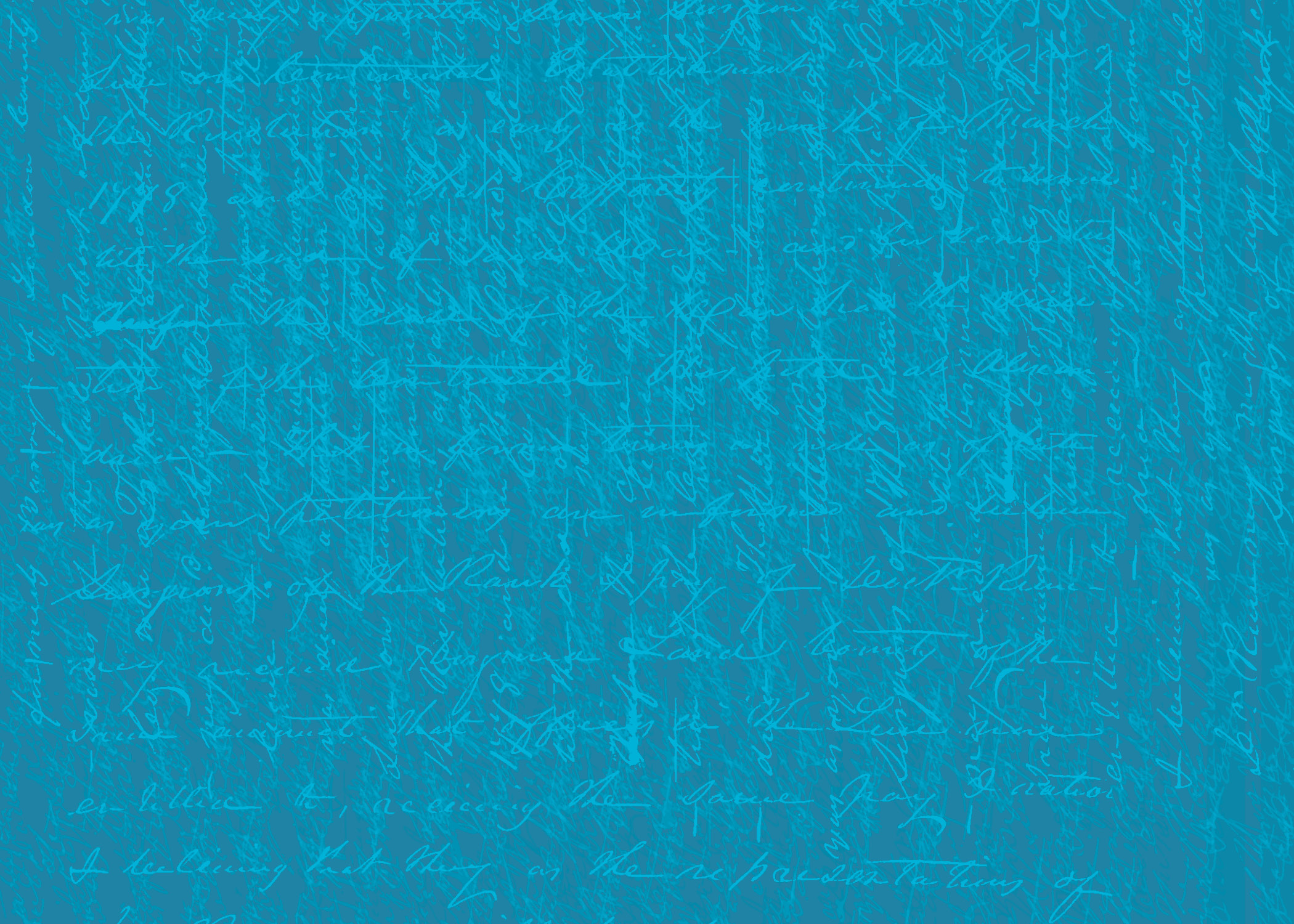“I send you two patients to the mad stone. They are natives of this place and had their children bitten today.”
-J. Reuben Richerson to R. L. Harrison, 26 June 1893
“1/3net receipts from mad stone since same was placed into hands of R. L. Harrison.”
-written on checks from Harrison to Richerson and Maria L. Motley, 14 March 1893
“Mad stone? What’s a mad stone?” I wondered out loud.
I’d stumbled across the R. L. Harrison Papers, 1893-1901 (Library of Virginia accession 26527), during the dog days of summer. This business records collection consisted of correspondence, checks, accounts, and receipts from Harrison, a druggist in Richmond during the 1890s-1910s, to J. Reuben Richerson, Nannie E. Richerson, and Maria L. Motley, all of Caroline County, concerning something called a mad stone (or madstone) and payments for its use. Piqued by this reference, I set out to answer my own question.
I learned from the Oxford English Dictionary that a mad stone is a “stone or similar object supposedly having the power to counteract the effect of the bite of a rabid or venomous animal.” Furthermore, thanks to the Merriam Webster Dictionary, I discovered that it was a “stony concretion (as a hair ball from the stomach of a deer).” In appearance, it looked like a small stone; according to various descriptions, it could be smooth or it could be rough. The stone’s potency depended on what type of deer it came from—a stone from a white deer was purported to be more effective than one from a brown deer. So I now had a basic answer: a mad stone was a stone-like hair ball from a deer’s stomach or intestines that could cure dangerous bites. Well, how did it work?
The stone, porous by nature, was placed on the wound of someone bitten by a poisonous or rabid animal. It adhered to the wound and would not fall off until it drew out the poison or rabies virus. When the stone was full, it would fall off, and then be soaked in either warm or boiling milk (sometimes water) and the poison would discharge from the stone. This was repeated until the stone no longer adhered to the wound, which meant there was no more poison or rabies in the bite and the person was healed. The stone could stick to the bite for a long time, up to four, six, or nine hours. In one account, the stone adhered for 138 hours! Stones were most often applied to the bites of rabid or mad dogs, hence their name—mad stones.
Entering “mad stone” and “madstone” into Virginia Chronicle (the Library’s online newspaper database) brought up many articles dealing with the use of mad stones in Virginia during the 19th and very early 20th centuries. Papers from all over the Commonwealth contain stories about the stones’ use and their restorative powers saving young children from rabies and a painful death. The 1890s, which correspond to the Harrison collection’s dates, were rich in accounts of these stones throughout Virginia. There were stones in Loudoun County, Fauquier County, and Waynesboro, one near Danville, and one out in southwestern Virginia in the Clinch Valley. Harrison used one that came from Caroline County.
That mad stone had been in possession of the Richerson family, and by 1893 its owners were J. Reuben Richerson and Maria L. Motley, the widow of John L. Motley who had been the trustee of Reuben’s father’s estate. They arranged with R. L. Harrison, who operated a drugstore at 607 Louisiana Street on Richmond’s Fulton Hill, for his use of the stone. Unfortunately, there is no surviving written agreement, but the money earned from the stone apparently was divided evenly, with one-third each going to Harrison, Richerson, and Motley. By 1895, Reuben Richerson’s third went to Nannie E. Richerson, widow of Richerson’s brother Thomas. The stone achieved mention in the Richmond Times on 18 October 1901, when Harrison treated John Warriner, a member of the Henrico County School Board, and his son for mad dog bites. The account states that the stone had been in Harrison’s family for generations, rather than acknowledging the Richersons’ ownership interest.
What happened to the mad stone? In general, mad stones faded from use as medical science and healthy skepticism debunked the stones’ curative powers. In 1912, the Richmond Times published an article on rabies which included a section on “the madstone fallacy” and newspaper accounts of their use had dwindled well before then. As for the stone in Harrison’s drug store? His records for it end in 1901. By 1904, Harrison had moved his store to 3901 Williamsburg Avenue. Had he returned the stone to the Richersons by then? Did he toss it out when he moved? Does a Harrison or Richerson descendant now hold onto it as an interesting keepsake?
-Trenton Hizer, Senior Finding Aids Archivist











They still have their mad stone in Essex County in the court records. I did an article on it when I was the editor of the Virginia Review, and featured a photo of me holding it in my very hand. Their mad stone was reportedly for snakebite and rabies and had been bought by several interested parties in Essex County who thought their community needed such a cure all.
I learned something new.